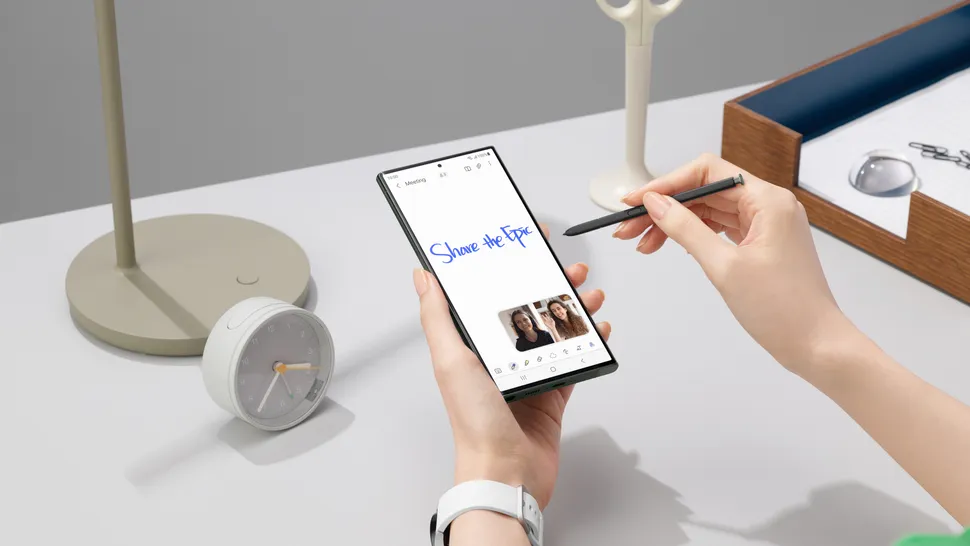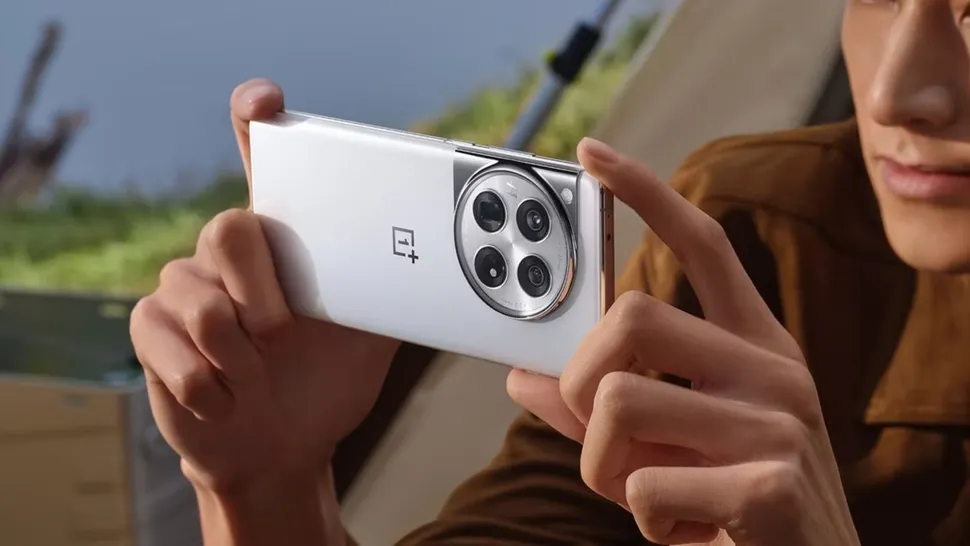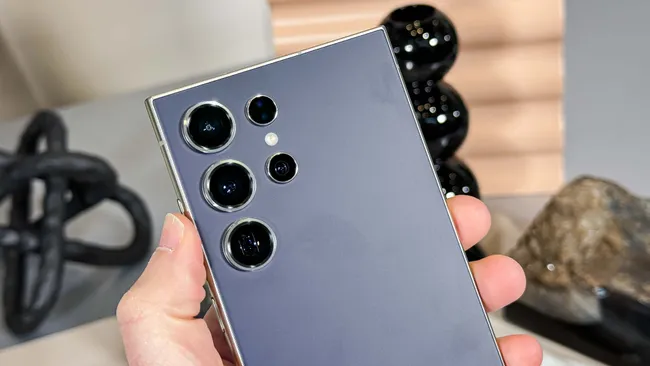The Samsung Galaxy S24 Ultra is a significant release, not just because of Samsung’s renewed interest in AI, but also because of a basic design change: the flat glass display. That may not seem like a huge deal on the surface, but consider that this is Samsung’s first all-flat flagship phone lineup in almost nine and a half years.
I’ve long criticized Samsung and other phone manufacturers for sticking with the curved “Edge” display for so long. My point was that Samsung was the one who initiated this trend, and even when Google dropped curved glass on the Pixel 8 Pro, we still needed Samsung to pull the plug. Now it appears I got my wish.
This is undoubtedly the end of an era for Samsung and all other phones. But, unlike the bittersweet sentiments that accompanied the deletion of the mute option on the iPhone 15 Pro, I could not be happier about this.
A brief history of Samsung’s curved Edge display

I recall when Samsung launched the Galaxy Note Edge, the first curved phone, in late 2014. Curved displays were the three-dimensional screens of the day. By which I mean there was a lot of hoopla about the benefits of a technology that effectively went nowhere, doing little other than depleting the financial accounts of early adopters. The only reason curved screens have survived is because they appeal to a niche demographic of really serious gamers.
However, in 2014, the enthusiasm was at its peak, and whispers circulated about phones becoming the next big thing in curved screens. Unfortunately, Samsung’s curved screen was not what most expected. Instead of anything similar to the LG G Flex, we get the Edge display. A portion of curved screen on the right side of the phone that Samsung promised would be the new home for app icons, notification alerts, and other features.
Needless to say, I was unimpressed and wondered why everyone was so enthused about this curved phone. It couldn’t even pretend to provide the same benefits as a standard curved display, such as increased immersion or comfort.
However, it appears that others did not share my perspective. A few months later, Samsung introduced a second Edge model alongside the Samsung Galaxy S6, complete with a second curve on the left side of the screen. By the time the ill-fated Galaxy Note 7 was released, the Edge display appeared to have proven so popular that Samsung abandoned the flat-screen variant completely.
The obligatory curve remained on all Galaxy S and Galaxy Note devices for several years, till 2020. Not only did we get a new Galaxy Note last year, but the Galaxy S20 and S20 Plus featured flat panels, with Edge curves reserved for the Ultra variant.
The Galaxy Z Fold and Z Flip, which replaced the Galaxy Note in the release schedule, did not include a curved display, hence the feature remained limited to the Galaxy S Ultra for the following three generations. That is now over.
Curved phone screens have never been worthwhile

I’ve never shied away from the significance of curved screens, especially when they first appeared on phones from other vendors. For starters, the practical gains promised by Samsung when the Galaxy Note Edge was released did not endure very long. In fact, fissures in the foundation were discovered as early as the Galaxy S6 Edge, less than 6 months after the Galaxy Note Edge debuted. The Verge commented that the features were, at best, gimmicky, and at worst, difficult to use due to the small curving display getting in the way.
Furthermore, as I have firsthand experience with, the bend in the display proved harmful to the entire device’s longevity. The curved area of the screen was a visible flaw that was known to create issues. The screen’s moniker, Adamantium Glass (™), is meaningless if it has two major flaws on both sides.
Ironically, the curves made it tougher to increase durability by installing a screen protector. I do not encourage doing it since the entire procedure is worse than standing on a Lego block in the middle of the night.
Furthermore, as we noticed in our review of the Samsung Galaxy S23 Ultra from last year, the screen was much flatter than prior generations, making it simpler to write on with the S Pen. However, it wasn’t simply styluses that struggled on the curve; even fingertips lacked the fine-tuned capacity to complete tasks when the bend was in the way.
Samsung emphasized this during Galaxy Unpacked 2024, making a point of emphasizing that the S24 Ultra’s new flat screen will be favorable to pen aficionados.
The visual benefits were the primary reason for using a curved display. While users seemed to enjoy the design, the Edge display made it much simpler to cover the bezels on each side of the screen. Compare a flat Google Pixel 7 to a curved Pixel 7 Pro to see what I mean. Chunky bezels are generally loathed, so you can understand what phone manufacturers were attempting to achieve.
Thankfully, Samsung discovered out how to reduce the bezel without changing the design of the panel. They may appear larger than they are to a small number of individuals, but this is only because your eyes have been tricked by curved displays for so long.
Curved screens aren’t totally dead just yet

Samsung’s decision to abandon the curved phone design is significant, but curved screens are far from dead. They may not be as popular as they once were, but high-profile phones with curved screens are still available. The OnePlus 12 is arguably the clearest example, as it will be available outside of China in just a few days.
And, to be honest, there’s nothing stopping Samsung from bringing back the curved display in the near future. I can’t see that occurring anytime soon, especially since key rivals Apple have persevered with flat screen phones — even going so far as to make all the sides flat with the debut of the iPhone 12 But you can never say never.
Still, for now I’m just glad that Samsung has come to its senses, and dropped the curved screen phone from its line-up entirely. It really is the end of an era, even if that era was garbage and should have ended at least five years ago.


